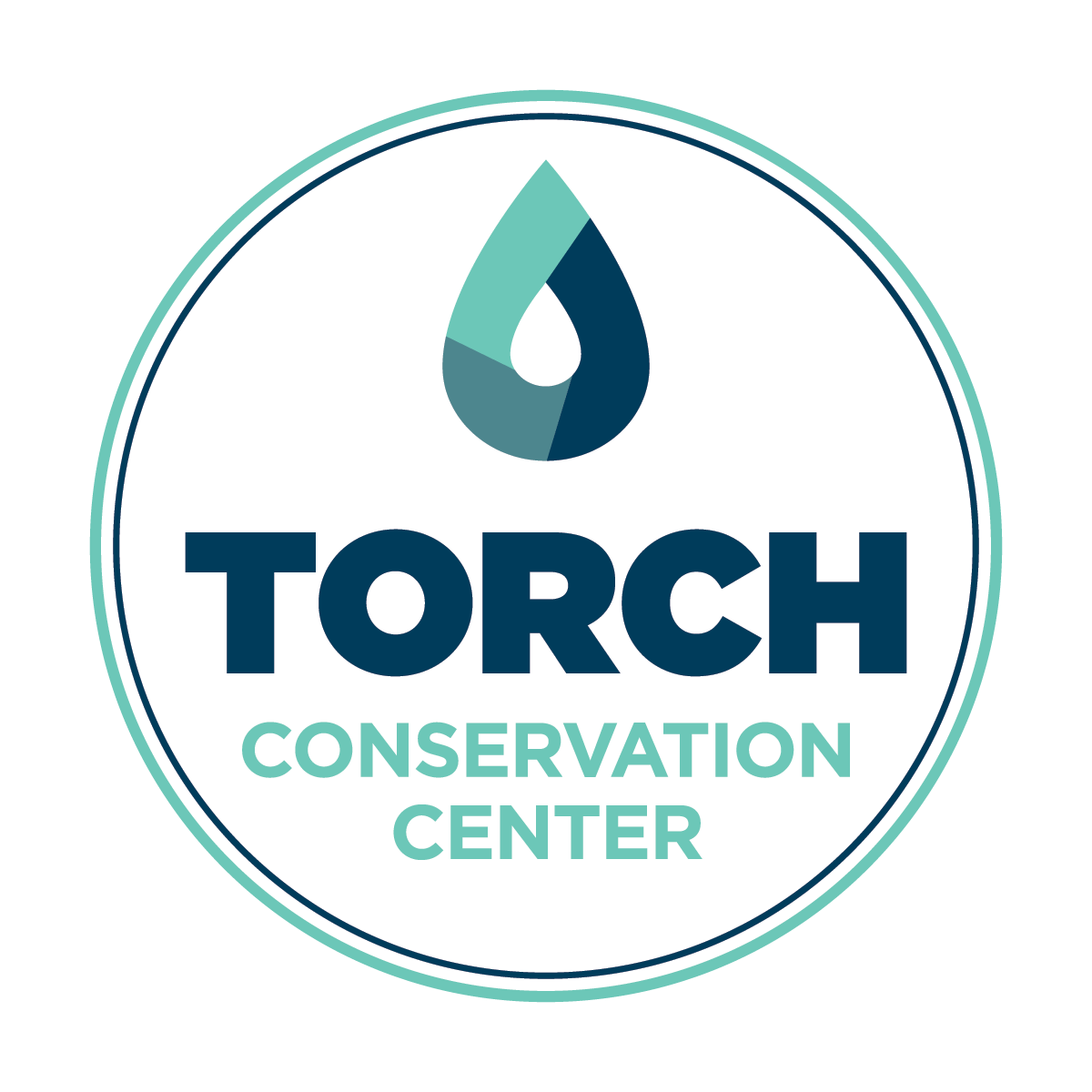TRUE Blue Landscaping
Remove Invasive Species
Many plants growing in our yards and gardens are non-native plants.
Some escape and grow so rapidly, they choke out native plants. They are invasive plants.
Invasive plants are so successful, because many can reproduce in three ways:
- Through underground runners
- Fragments (if a part breaks off, it starts a new plant)
- By seed (one plant may produce thousands of seeds each year)

Why are invasive plants a problem?
Invasive plants do not provide adequate nutrition for bees, butterflies or birds.
They reduce the diversity of native plants and animals, as well as altering the landscape.
Diversity increases the ability of our ecosystem to withstand strong storms, changing climate, disease and pests.
What are the benefits to you and our water?
- Provides a more beautiful and diverse landscape of flowers, shrubs and trees
- Fills the air with more native birdsongs
- Provides more opportunities for bird and butterfly watching
- Supports a wider variety of native plants and wildlife
What can you do?
Step 1. Identify common invasive plants in the Torch Lake Watershed.
Wanted Dead NOT Alive
6 Least Wanted Plants in the Torch Lake Watershed
Autumn Olive (Shrub)
Elaeagnus umbellate
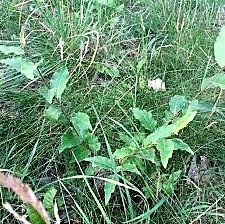
European Bull Thistle*
Cirsium Vulgare
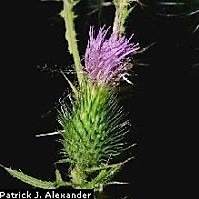
Garlic Mustard
Alliara petiolata

Leafy Spurge*
Euphorbia Esula
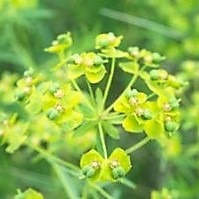
Purple Loosestrife (wetland plant)
Lythrum Salicaria
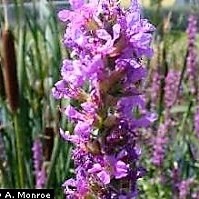
Spotted Knapweed
Centaurea Stoebe

Step 2. Remove invasive plants by digging them up by the roots before flowers go to seed.
- USE GLOVES! Leafy spurge has a milky liquid in its stem which can cause a severe allergic reaction.
- USE A SHOVEL! Bull thistle has spiny leaves and hairs and a very long tap root. Because it is a biennial, it will only produce basal leaves and no stalk the second year. Be diligent and dig these up, too.
Step 3. Place in a plastic bag and put with your trash – NOT in your compost or leaf pile.
Links
Don't just wish that Torch Lake will stay blue.
Choose a water-friendly lifestyle - make a difference!
